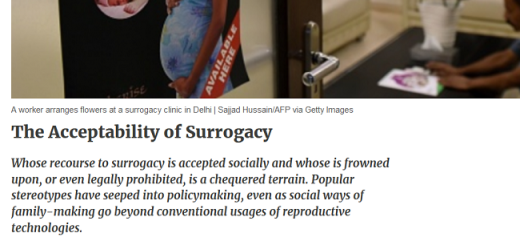Winners and Losers of the SEB Reform : An Organisational Overview

The power sector in India is often described – in newspapers, in official reports, in reform programmes – as too ‘poor’ in money… and too ‘rich’ in politicians. These analyses hence propose corporatisation, unbundling, setting up of regulatory commissions, as a vade mecum. The sole problem is that they have proved insufficient in improving the health of State Electricity Boards (SEBs). The ultimate tool, privatisation, has also been a deceptive one.This paper suggests that the above analyses should be balanced and completed with another element : the internal organisation itself of SEBs has to be questioned, which, surprisingly enough, is not done in the current reforms. This is not because SEBs actually behave and are organised as administrations, whose objectives are different from those of a public enterprise. This is not done because consultants implicitly regard SEBs as inefficient enterprises.
This paper thus enters into the black box of SEBs, and shows why and how the behaviour of its agents is rational, given the administrative system in which they are. It gives some pratical ways to change this system, by developing the ‘enterprisation’ of SEBs (turning them from bodies with an administration-style way of running into actual public enterprises), a concept which was coined from the reform in Eastern Europe.
But ultimately reforms are not undertaken per se. Their final aims is a better quality and availability to the people. Their impact on various categories of users and stakeholders can be discussed within this framework of enterprisation, to establish on which conditions reforms can be beneficial to everybody but the ‘waste consumer’.







